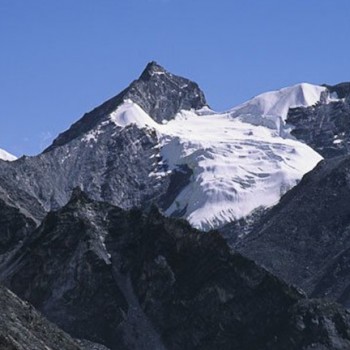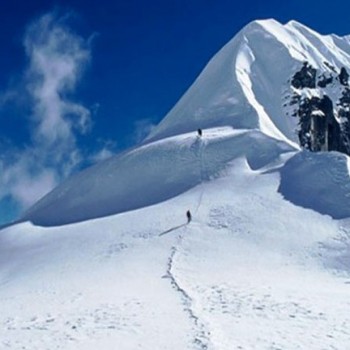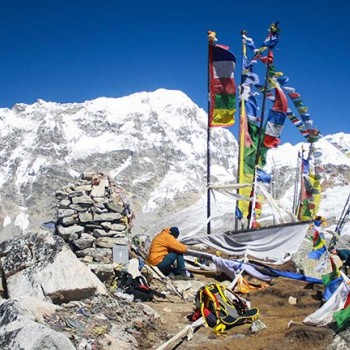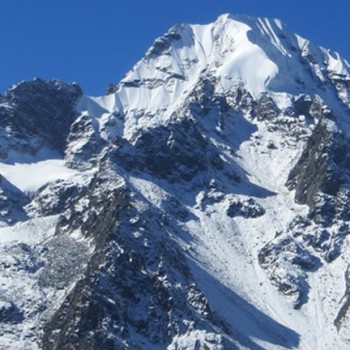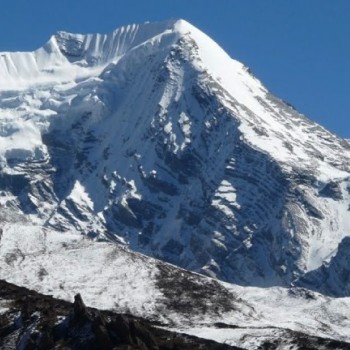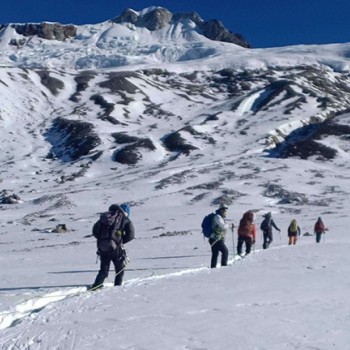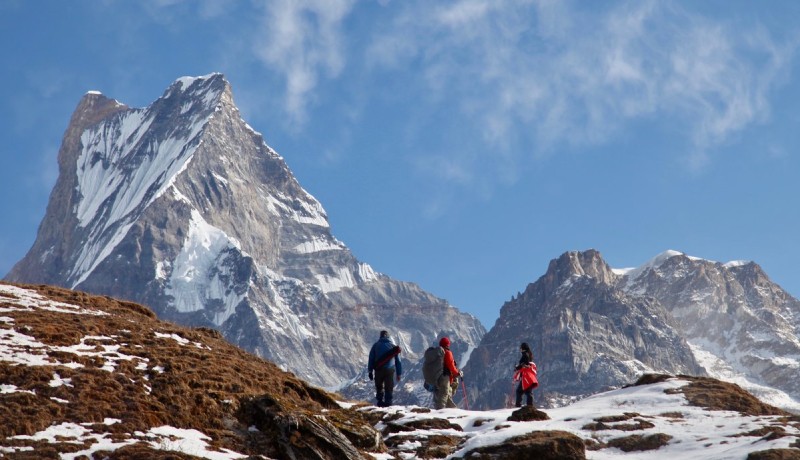
Mardi Himal Peak Climbing
Trip Details
Destination: Nepal
Trip Difficulty: Moderate
Trip Style: Trekking and Climbing
Transport: Tourist Bus & Private Vehicle
Food: Breakfast, Lunch & Dinner
Accommodation: Pokhara Hotel & Teahouse
Group Size: 16
Max Elevation: 5553m
Highlights
- Summit Mardi Himal (5587 m) – lowest altitude trekking peak
- Least visited and climbing the peak of Nepal.
- Magnificent views of Annapurna Range and Mount Dhaulagiri
- Explore the remote and isolated area with breathtaking views of valleys and stunning views of high mountains.
Description
Mardi Himal 5587m/18,330ft is located in the Annapurna region along side the holy mountain of Fishtail or Mt. Machhapuchhare. As the crow flies it is less than fifteen miles north of Pokhara. It is the most southerly mountain of the Annapurna range. It is the lowest and perhaps the least climbed or visited of the trekking peaks in Nepal.The Mardi Himal Trek is a newly opened route and hidden treasure in the Annapurna region. The main climbing route ascends the East face over snow terrain passing a col at 5200m.
The caravan route takes you from Kathmandu (1400m/4,600ft) to Pokhara (827m/2713ft), then onto Potana (1950m), Forest Camp (2500m/8202ft), Low Camp (2990m/9809ft), and High Camp (3580m/11,745ft), base camp (4450m/14,599ft).
The Annapurna region has a very good reputation for several reasons, it has very simple logistics, a variety of terrain, the treks can start and end in Pokhara (which is a great place to stage an adventure from), easy transportation to the trail heads and you have cell phone network in case of emergencies.
Mount Mania's main objective is to provide quality service from an experienced climbing staff. With us you will have maximum enjoyment and an unforgettable trip in the Dhaulagiri region. Our first priority is always safety, we make all of our decisions around this priority. With our background in climbing and mountaineering logistics services we understand the requirements of independent climbers and employ climbing guides and base camp managers who are either Everest Summiteers or are certified by the Nepal Mountaineering Association. Our staff will always have certifications in mountain skills such as: First aid, altitude/mountain sickness prevention and search and rescue training. We pride ourselves with our previous achievements and high customer satisfaction.Our services are on par with the best climbing service providers in Nepal and we are always striving to be even better. We have developed safe and smart systems in the mountains, working with many climbers and safety experts and from Europe and North America. We request that climbers have previous experience in rock/ice climbing techniques and know how to use ice axe, crampons and ascend and descend on fixed lines.
We requests that the client has good physical fitness, a list of experience on hill hikes, several base camp treks and some knowledge of rock & ice climbing.
What to Expect
Cost Includes
- Airport Pickup and Drop
- Teahouse Accommodation during the trek
- Tent Accommodation in base camp with full board meals
- Three meals a day (Breakfast, Lunch, and Dinner) during the trek Peak Climbing
- Round Trip Tourist Bus Ticket (Kathmandu and Pokhara)
- Hotel in Pokhara with Breakfast (Twin Sharing)
- English Speaking Trekking Guide with Food & Accommodation, Insurance, and Transportation
- Use of sleeping bag & Duffel bag (if you don’t have your own, To be return after trip completed)
- All Trekking Permits (ACAP and TIMS Card)
- Daily seasonal fresh fruits after dinner
- A first aid kit carried by the guide (Oximeter to measure your oxygen and pulse in high altitude)
- All Government and Local taxes
Cost Excludes
- International Flight Ticket and Nepalese Visa Fee
- Hotel & Meals in Kathmandu
- Meals in Pokhara
- Extra night accommodation in Pokhara in case of early arrival, late departure, and early return from the trek (due to any reason) than the scheduled itinerary
- Personal expenses (WiFi, Phone calls, Laundry, Bar bills, Battery Recharge, Water, Shower, and Tea / Coffee)
- Other costs not mentioned in 'Cost Includes' section
- Travel and Rescue Insurance
- Tips for Guides, Porters, and Drivers
Useful Information
Mardi Himal Trek & Difficulty
Mardi Himal trek is one of the many moderate treks in the Annapurna region.
You will only trek for 6 days on this trip. You will trek for an average of 5-6 hours during this trip. The altitude gains in this trek are also quite low. The trails are well marked and easy to trek in. A
On the way to Mardi Himal Base Camp, you will encounter many uphills.
All of these makes the Mardi Himal trek a moderate one. However, you need preparation of 2-3 months in order to complete this trek with ease.
If you complete a hike of a day or two before coming to this trek, it will be a wonderful preparation for you.
Best Time for Mardi Himal Trek peak with peak climbing
The most popular seasons for the Mardi Himal Trek are the seasons of spring(March, April, and May) and autumn(September, October, and November).
Autumn and Spring seasons have almost identical patterns of weather and temperature. One of the best features of the weather in these seasons is the mild sunshine. Another reason for the popularity of these seasons is low rainfall and clear views of the mountains.
The temperature in the winters season in Mardi Himal trek gets as low as -15 degrees C. So you will have to pack well in the winter season (December, January, and February) for the Mardi Himal Base Camp.
Summer season coincides with the monsoon season. So you will have to watch out for the weather to complete the Mardi Himal trek in the summer season (June, July, and August).


